Powdered Food Waste
입력 2019.03.28 (15:43)
수정 2019.03.28 (15:48)
읽어주기 기능은 크롬기반의
브라우저에서만 사용하실 수 있습니다.
[Anchor Lead]
It has become possible to dry food waste to use it as organic fertilizer. The new technology is expected to increase the reuse of food waste significantly. However, there is a problem regarding how to prevent a possible contamination of farmland.
[Pkg]
This warehouse is filled with sacks of dried and powdered food waste. Although the current law bans the use of powdered food waste as fertilizer, hundreds of tons of this powder are produced daily. Manufacturers are now left with excessive stocks of food waste-turned-fertilizer, as its distribution has been outlawed. The Rural Development Administration has decided to allow the use of powdered food waste to produce fertilizer as a way to boost the reuse of food waste and reduce the imports of fertilizer ingredients. The administration said that powered food waste contains relatively low amounts of moisture and salinity, and has great value as a replacement for existing organic fertilizer products.
[Soundbite] Hwang Kyu-seok(Rural Development Administration) : "When we visited factories, the farmers endorsed the use of food waste powder to produce fertilizer. They said that powdered food waste is of good quality and has no odor."
To dispel concerns about the potential contamination of farmland, the Rural Development Administration plans to limit the amount of salinity to two percent and moisture to 15 percent or less. It will also require that less than 30 percent of food waste powder be used in fertilizer products. In order to prevent soil pollution, the administration will ban the distribution of fertilizer products containing foreign objects, especially if the amount of plastic waste exceeds 0.2 percent. The Rural Development Administration hopes that the measure will help reduce the imports of seed waste by more than a hundred thousand tons.
It has become possible to dry food waste to use it as organic fertilizer. The new technology is expected to increase the reuse of food waste significantly. However, there is a problem regarding how to prevent a possible contamination of farmland.
[Pkg]
This warehouse is filled with sacks of dried and powdered food waste. Although the current law bans the use of powdered food waste as fertilizer, hundreds of tons of this powder are produced daily. Manufacturers are now left with excessive stocks of food waste-turned-fertilizer, as its distribution has been outlawed. The Rural Development Administration has decided to allow the use of powdered food waste to produce fertilizer as a way to boost the reuse of food waste and reduce the imports of fertilizer ingredients. The administration said that powered food waste contains relatively low amounts of moisture and salinity, and has great value as a replacement for existing organic fertilizer products.
[Soundbite] Hwang Kyu-seok(Rural Development Administration) : "When we visited factories, the farmers endorsed the use of food waste powder to produce fertilizer. They said that powdered food waste is of good quality and has no odor."
To dispel concerns about the potential contamination of farmland, the Rural Development Administration plans to limit the amount of salinity to two percent and moisture to 15 percent or less. It will also require that less than 30 percent of food waste powder be used in fertilizer products. In order to prevent soil pollution, the administration will ban the distribution of fertilizer products containing foreign objects, especially if the amount of plastic waste exceeds 0.2 percent. The Rural Development Administration hopes that the measure will help reduce the imports of seed waste by more than a hundred thousand tons.
■ 제보하기
▷ 카카오톡 : 'KBS제보' 검색, 채널 추가
▷ 전화 : 02-781-1234, 4444
▷ 이메일 : kbs1234@kbs.co.kr
▷ 유튜브, 네이버, 카카오에서도 KBS뉴스를 구독해주세요!
- Powdered Food Waste
-
- 입력 2019-03-28 15:16:54
- 수정2019-03-28 15:48:15
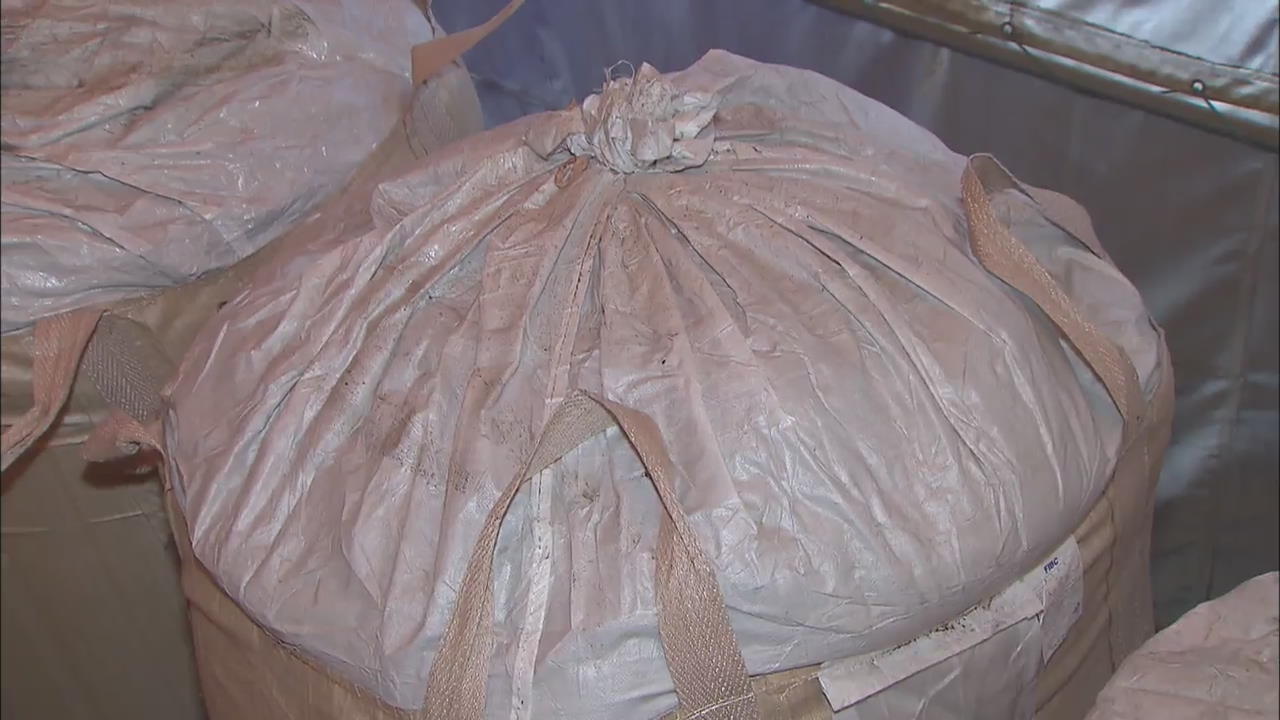
[Anchor Lead]
It has become possible to dry food waste to use it as organic fertilizer. The new technology is expected to increase the reuse of food waste significantly. However, there is a problem regarding how to prevent a possible contamination of farmland.
[Pkg]
This warehouse is filled with sacks of dried and powdered food waste. Although the current law bans the use of powdered food waste as fertilizer, hundreds of tons of this powder are produced daily. Manufacturers are now left with excessive stocks of food waste-turned-fertilizer, as its distribution has been outlawed. The Rural Development Administration has decided to allow the use of powdered food waste to produce fertilizer as a way to boost the reuse of food waste and reduce the imports of fertilizer ingredients. The administration said that powered food waste contains relatively low amounts of moisture and salinity, and has great value as a replacement for existing organic fertilizer products.
[Soundbite] Hwang Kyu-seok(Rural Development Administration) : "When we visited factories, the farmers endorsed the use of food waste powder to produce fertilizer. They said that powdered food waste is of good quality and has no odor."
To dispel concerns about the potential contamination of farmland, the Rural Development Administration plans to limit the amount of salinity to two percent and moisture to 15 percent or less. It will also require that less than 30 percent of food waste powder be used in fertilizer products. In order to prevent soil pollution, the administration will ban the distribution of fertilizer products containing foreign objects, especially if the amount of plastic waste exceeds 0.2 percent. The Rural Development Administration hopes that the measure will help reduce the imports of seed waste by more than a hundred thousand tons.
It has become possible to dry food waste to use it as organic fertilizer. The new technology is expected to increase the reuse of food waste significantly. However, there is a problem regarding how to prevent a possible contamination of farmland.
[Pkg]
This warehouse is filled with sacks of dried and powdered food waste. Although the current law bans the use of powdered food waste as fertilizer, hundreds of tons of this powder are produced daily. Manufacturers are now left with excessive stocks of food waste-turned-fertilizer, as its distribution has been outlawed. The Rural Development Administration has decided to allow the use of powdered food waste to produce fertilizer as a way to boost the reuse of food waste and reduce the imports of fertilizer ingredients. The administration said that powered food waste contains relatively low amounts of moisture and salinity, and has great value as a replacement for existing organic fertilizer products.
[Soundbite] Hwang Kyu-seok(Rural Development Administration) : "When we visited factories, the farmers endorsed the use of food waste powder to produce fertilizer. They said that powdered food waste is of good quality and has no odor."
To dispel concerns about the potential contamination of farmland, the Rural Development Administration plans to limit the amount of salinity to two percent and moisture to 15 percent or less. It will also require that less than 30 percent of food waste powder be used in fertilizer products. In order to prevent soil pollution, the administration will ban the distribution of fertilizer products containing foreign objects, especially if the amount of plastic waste exceeds 0.2 percent. The Rural Development Administration hopes that the measure will help reduce the imports of seed waste by more than a hundred thousand tons.
이 기사가 좋으셨다면
-
좋아요
0
-
응원해요
0
-
후속 원해요
0










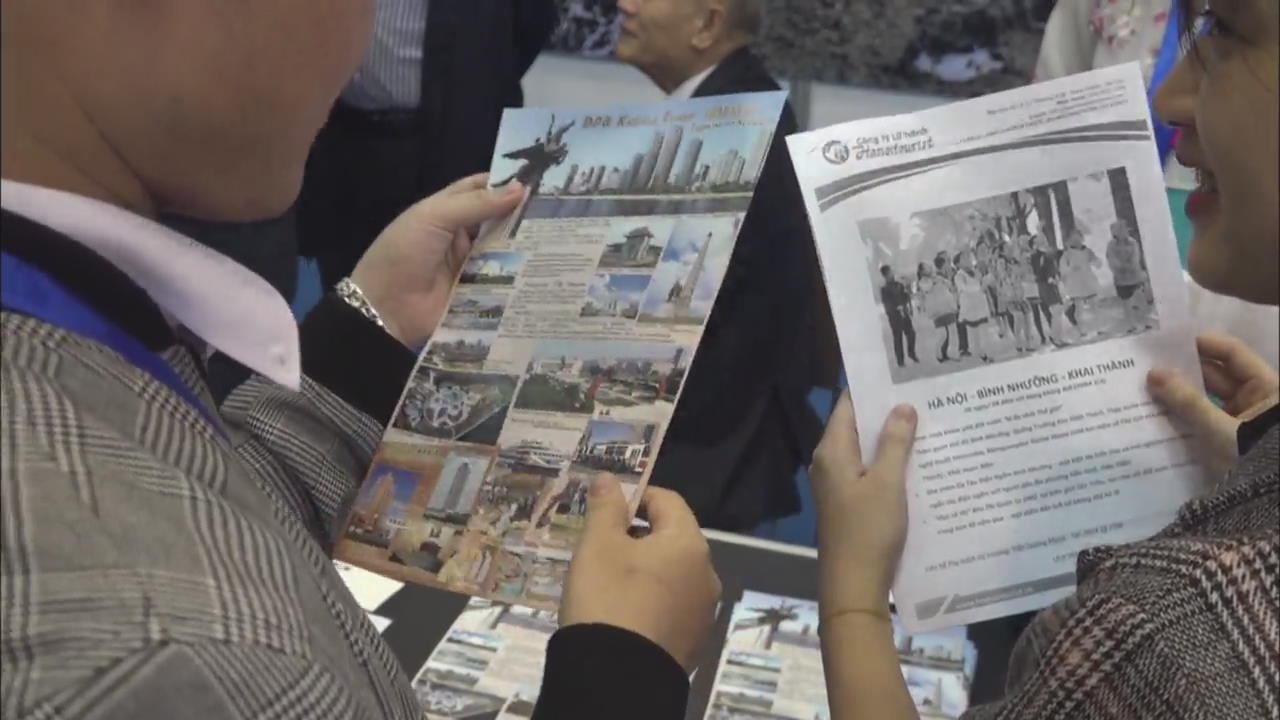
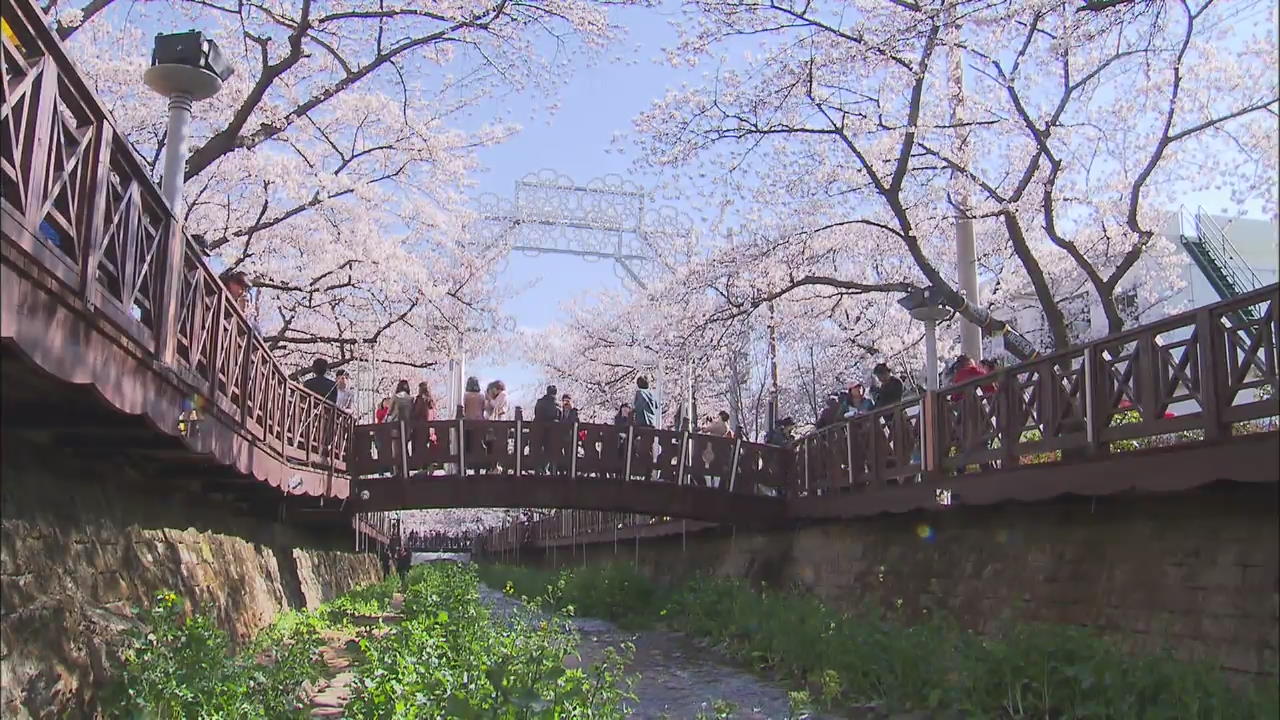
![[단독] 김민석 총리, 취임 첫 일정으로 ‘송미령 반대’ <br>농민단체 농성장 방문](/data/news/2025/07/03/20250703_YUTdgQ.png)
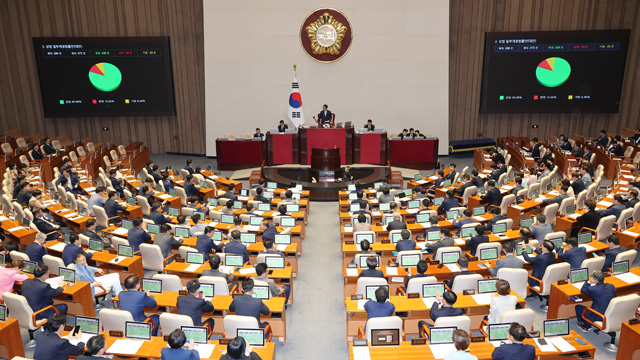
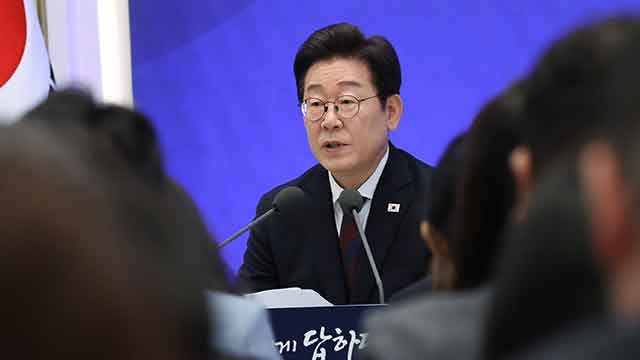


이 기사에 대한 의견을 남겨주세요.